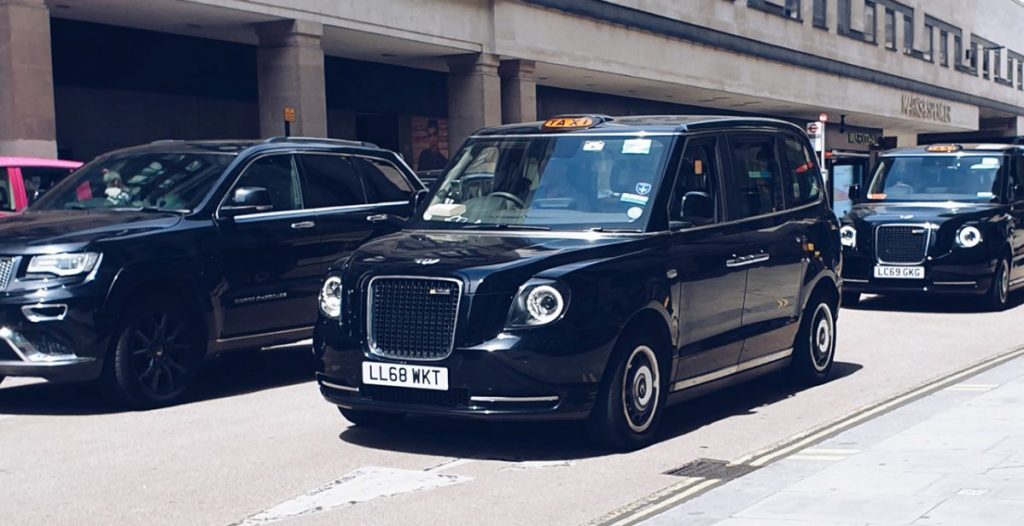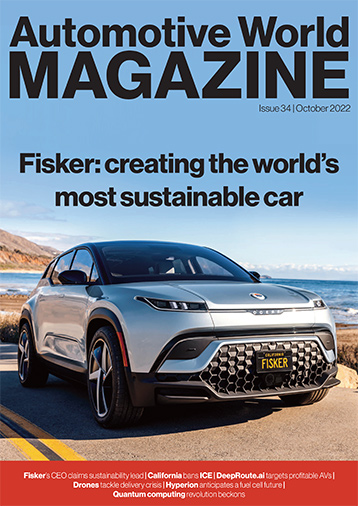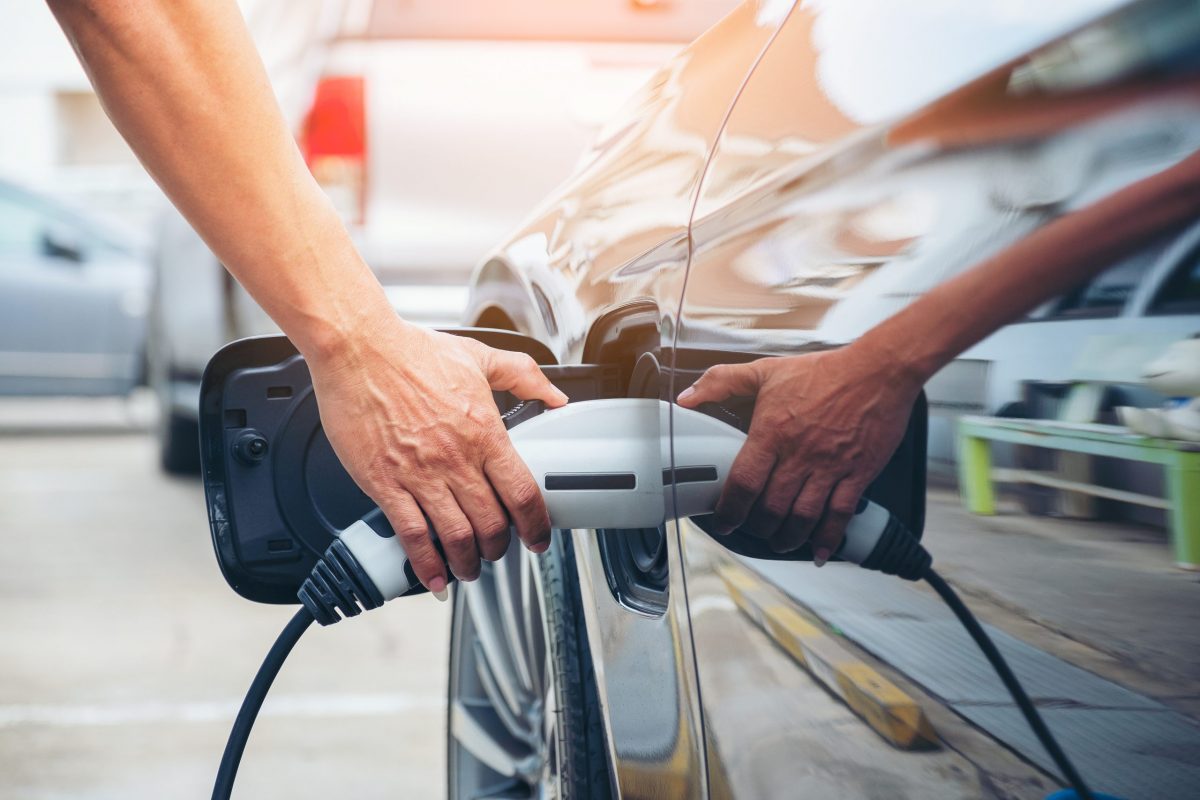With more than 250,000 licensed taxis and private hire vehicles in the UK, the decarbonisation of the taxi fleet industry could have a major impact on lowering emissions in the transport sector—which altogether is responsible for almost one-quarter of all UK emissions.
Taxis or private hire cars drive four times the average vehicle, but diesel still reigns supreme in taxi fleets, fuelling over half (54%) of taxi vehicles across 25 of the UK’s largest cities. Carbon emissions from taxis have more than doubled compared with 1990 levels, producing 3.5 million metric tons of carbon dioxide emissions in 2019.
With the government target of ending sales of new gasoline and diesel vehicles less than eight years away, and the fuel market continuing to be hit by several crises (including shortages and incredibly high costs), it is essential that the industry finds a clean, reliable and cost-effective way of powering their fleets that will stand the test of time. With considerable access to private investment resources—and the potential to positively influence thousands of vehicles on UK roads—the taxi fleet industry could shape the future of zero emission.
The rise of fully electric fleets
Several firms are already planning for how they will operate in a net zero manner. Last year, Addison Lee—London’s largest taxi fleet— made an investment commitment of £160m with a pledge to make its passenger fleet fully electric by 2023. Uber’s Green Future Programme provides access to resources valued at US$800m to help hundreds of thousands of drivers transition to fully electric vehicles by 2025, and its £5m investment will see EV chargers installed in the areas that need them the most.

Taxis and private licensed vehicles (PHVs) are very much at the forefront of the EV revolution, and it’s easy to understand why. Low emission zones in large towns and cities—where many fleets operate—is driving many EV purchases. But so too is the lower cost of fuelling an EV, and the fact that EVs can enjoy a lower maintenance cost and exemption from London’s congestion charge.
“We have seen the positive impact of having 450 EVs on our fleet. Since November 2021, we have covered over 2.5 million EV miles and saved over 600,000kg of carbon from polluting London’s air,” explains Andrew Westcott, Director of Sustainability and Regulation at Addison Lee. For end users and customers looking to reduce their own carbon footprints, completing their journey with an all-electric taxi fleet is an obvious choice.
Fast refuel, zero emission hydrogen power
The success of a taxi fleet business requires vehicles to be on the road as much as possible, clocking up miles. There are however, significant challenges around the infrastructure desperately needed to serve large numbers of battery electric vehicles (BEVs). So does electric truly offer the best solution for a net-zero taxi fleet?
Chief Commercial Officer at Bramble Energy, Vidal Bharath, believes the industry needs to look beyond simply electric. “For short trips in and around a city or town, BEVs are a great zero emission alternative—so long as drivers can easily and regularly access a charging point,” he says. “But the focus on solely electric alternatives as the only solution for net zero mobility industry is a fallacy. The real need is for a hybrid approach, leveraging both electric and hydrogen fuel cell technologies to provide the most optimised solution.”
The use of hydrogen-powered taxis is accelerating across Europe. Following trials with BEVs, Hype Taxis in Paris adopted hydrogen power in 2015, as the solution appeared to be well-adapted to the needs of a fleet service. Today, the business is aiming to reach 10,000 zero-emission taxis in Paris, and at least 26 public hydrogen fuelling stations by the end of 2024. “The particularity of FCEV infrastructure is that it offers an acceleration capacity that BEV infrastructure does not have,” explains Mathieu Gardies, Hype’s President and Founder. “In fact, with hydrogen, the more volumes increase, the easier it is to deploy.”

Hydrogen fuel cells offer a whole host of potential benefits to taxi fleets. They can replace or complement (range extender) an existing battery drivetrain, and provide fast refuel, zero emission power. A hydrogen fuel cell vehicle (FCEV) refuels in the typical time frame as its diesel counterpart, offering the no downtime requirement needed by taxi fleets—and no need for taxi drivers to change their work habits. FCEVs also enjoy the added benefit of a longer driving range for those extended customer journeys (such as airport runs), and have operating costs similar to that of a Prius. For taxi fleets that work with depots for their drivers, hydrogen power will enable them to refill vehicles and be back on the road again in minutes.
Driving change with improved infrastructure
The main issue of deploying either electric or hydrogen fuel cell at scale and speed is infrastructure. When it comes to BEVs, there are currently 480,000 battery-electric cars on UK roads, plus a further 790,000 plug-in models. Yet the charging infrastructure stands at just 32,312 charging points across the UK—far from the target of 300,000 public chargers minimum by 2030, set out by the government in the EV infrastructure Strategy. “Even if the infrastructure could allow for every vehicle on UK roads to be powered by electricity, the grid would be unlikely to handle such excess demand, fuelling more problems in the long run. Realistically, a transition of all vehicles to electric simply can’t be done,” explains Bharath.
Gardies adds that “with BEVs, the more volumes increase, the more difficult it becomes; this is why the hydrogen infrastructure is a necessary and relevant complementary network to succeed in zero emission mobility efficiently.”

The installation of charging points remains a complex process and for the amount of BEV charging points the UK would need, the industry is looking at a very long road. “Being at the vanguard of the shift to electrification does not come without its challenges. Charging remains the number one issue for plug-in vehicle drivers, and with only about 10% having the ability to charge at home, the majority are relying on the charging network,” says Westcott. “We are working with multiple charging operators to provide Addison Lee drivers with cheap and accessible charging options, and have offered our knowledge and experience to Transport for London and London’s Boroughs to inform the next stage.”
Hydrogen has similar issues, which is why Hype chose to develop its own network of production and distribution of green hydrogen. The hydrogen installation problem may have a simpler fix than that for BEVs. There are currently only 14 hydrogen refuelling points across the UK. But with more than 8,000 gasoline stations in the country, there is potential for many of them—if not most—to comfortably house an electrolyser on site for the production of hydrogen. This could be done in a much timelier and efficient manner, but would require significant initial investment in order to remove the chicken-and-egg conundrum that plagues the roll out of both BEVs and FCEVs.
Equal access and a hybrid approach
There are a number of ways in which to power net zero across the taxi fleet sector. The key is understanding and identifying the best solution for fleet businesses.
The focus for the future of clean transport needs to be equal access to BEVs, FCEVs and hybrid options, which will mean a much cleaner and more secure future for taxi fleets. But without the correct policies in place—such as incentivisation, which can be a real driving force behind uptake and deployment—the transport sector runs the risk of missing out on viable net zero solutions for the movement of people.
About the author: Tom Mason is Founder and Chief Executive of hydrogen fuel cell company Bramble Energy




